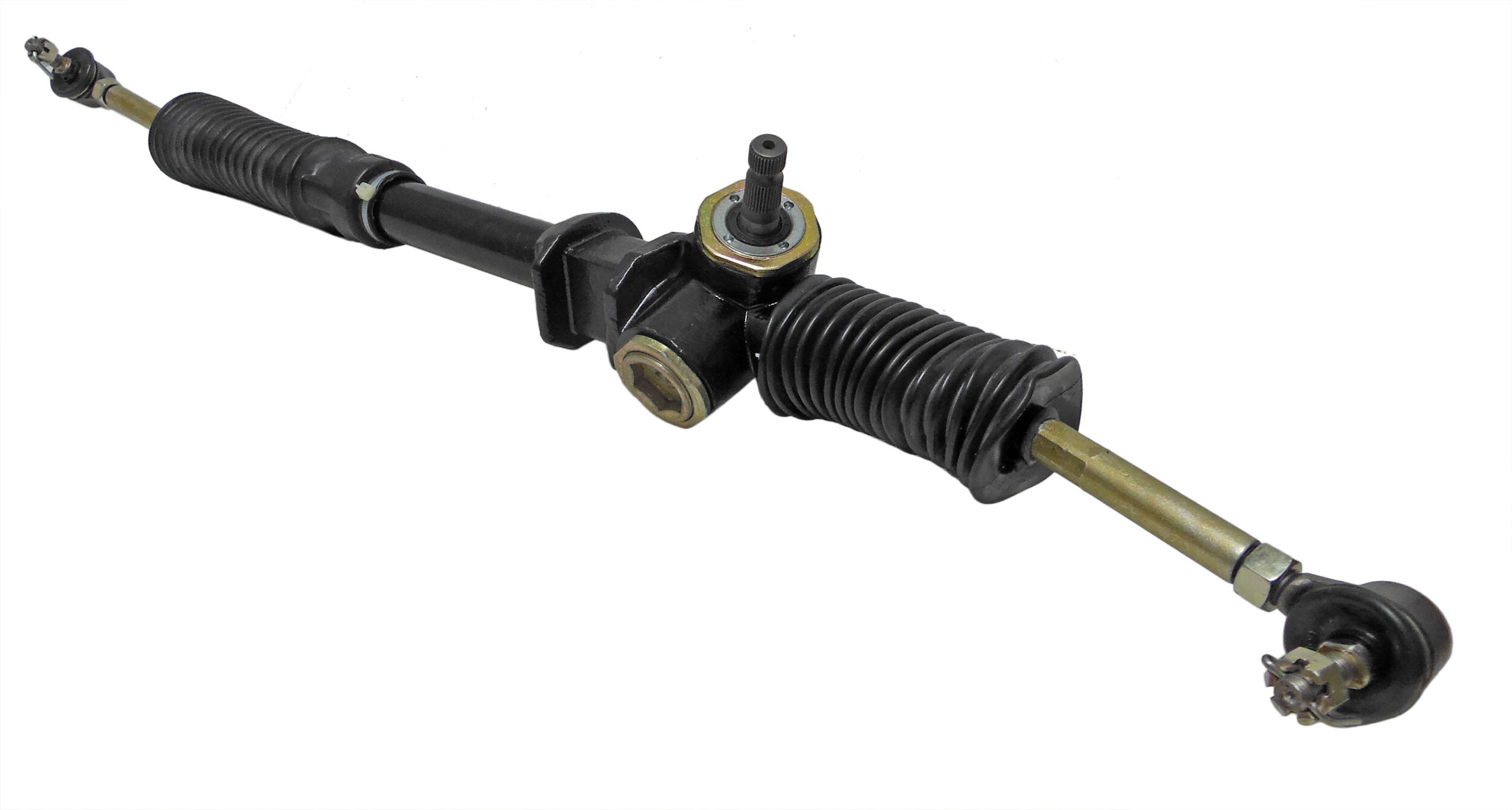
Rack and pinion systems are everywhere, from your car's steering mechanism to industrial machinery. But what makes this gear system so special? Rack and pinion converts rotational motion into linear motion, which is essential for precise control and movement. Imagine turning your steering wheel and having your car respond smoothly—that's the magic of rack and pinion. This system is not just limited to vehicles; it's also found in robotics, elevators, and even amusement park rides. Curious about how it works or its history? Stick around as we delve into 32 fascinating facts about rack and pinion that will gear up your knowledge!
What is Rack and Pinion?
Rack and pinion is a type of linear actuator that converts rotational motion into linear motion. This mechanism is widely used in various applications, from steering systems in cars to industrial machinery. Let's dive into some fascinating facts about this ingenious mechanism.
- The rack is a flat, toothed bar, while the pinion is a small gear that engages with the rack's teeth.
- This system is known for its simplicity and efficiency in converting rotational motion into linear motion.
- Rack and pinion mechanisms are commonly found in car steering systems, providing precise control and feedback.
- The concept dates back to ancient Greece, where it was used in early machines and devices.
- In modern times, rack and pinion systems are crucial in CNC machines, ensuring accurate and repeatable movements.
How Does Rack and Pinion Work?
Understanding the working principle of rack and pinion can shed light on its widespread use. Here's how it operates:
- When the pinion gear rotates, its teeth engage with the teeth on the rack, causing the rack to move linearly.
- The direction of the rack's movement depends on the direction of the pinion's rotation.
- The speed of the rack's movement is determined by the pinion's rotational speed and the gear ratio.
- The gear ratio between the pinion and the rack affects the force and speed of the linear motion.
- This mechanism can be reversed, converting linear motion back into rotational motion if needed.
Applications of Rack and Pinion
Rack and pinion systems are versatile and used in various industries. Here are some notable applications:
- In automotive steering systems, they provide precise control and feedback, enhancing driving experience.
- Industrial machinery often uses rack and pinion for accurate positioning and movement of components.
- Elevators and lifts employ this mechanism for smooth and controlled vertical movement.
- Robotics utilize rack and pinion for precise linear movements in robotic arms and other components.
- In railways, rack and pinion systems help trains climb steep gradients by providing additional traction.
Advantages of Rack and Pinion
This mechanism offers several benefits that make it a popular choice in many applications. Let's explore some advantages:
- Rack and pinion systems are known for their simplicity and reliability.
- They provide high precision and accuracy in linear movements.
- The mechanism is compact and can be easily integrated into various designs.
- Maintenance is relatively straightforward, with fewer components to wear out.
- They offer excellent control and feedback, especially in steering applications.
Challenges and Limitations
Despite its advantages, rack and pinion systems have some challenges and limitations. Here are a few:
- The teeth on the rack and pinion can wear out over time, requiring regular maintenance.
- High loads can cause deformation or damage to the teeth, affecting performance.
- The mechanism may produce noise and vibration, especially at high speeds.
- Lubrication is essential to reduce friction and wear, adding to maintenance requirements.
- In some applications, alternative mechanisms like ball screws or belt drives may be more suitable.
Innovations and Future Trends
The rack and pinion mechanism continues to evolve with advancements in technology. Here are some future trends and innovations:
- Use of advanced materials like composites and alloys to enhance durability and performance.
- Integration with electronic control systems for improved precision and automation.
- Development of quieter and more efficient designs to reduce noise and vibration.
- Application in new fields like renewable energy, where precise linear motion is required.
- Enhanced lubrication systems to reduce maintenance and extend the lifespan of components.
Fun Facts About Rack and Pinion
Let's end with some fun and lesser-known facts about rack and pinion systems:
- Leonardo da Vinci sketched early designs of rack and pinion mechanisms in his notebooks.
- Some roller coasters use rack and pinion systems to control the movement of cars on steep inclines.
The Final Gear
Rack and pinion systems are everywhere, from your car's steering to industrial machinery. They convert rotational motion into linear motion, making them essential in many applications. Understanding how they work can help you appreciate the engineering behind everyday objects.
These systems are known for their simplicity and efficiency. They offer precise control, which is why they're favored in many industries. Whether it's in robotics, elevators, or even amusement park rides, rack and pinion mechanisms play a crucial role.
Next time you turn your car's steering wheel or see a machine in action, you'll know a bit more about the gears making it all possible. Knowledge like this not only satisfies curiosity but also deepens appreciation for the technology that powers our world. Keep exploring, keep learning, and you'll find there's always more to discover.
Was this page helpful?
Our commitment to delivering trustworthy and engaging content is at the heart of what we do. Each fact on our site is contributed by real users like you, bringing a wealth of diverse insights and information. To ensure the highest standards of accuracy and reliability, our dedicated editors meticulously review each submission. This process guarantees that the facts we share are not only fascinating but also credible. Trust in our commitment to quality and authenticity as you explore and learn with us.
